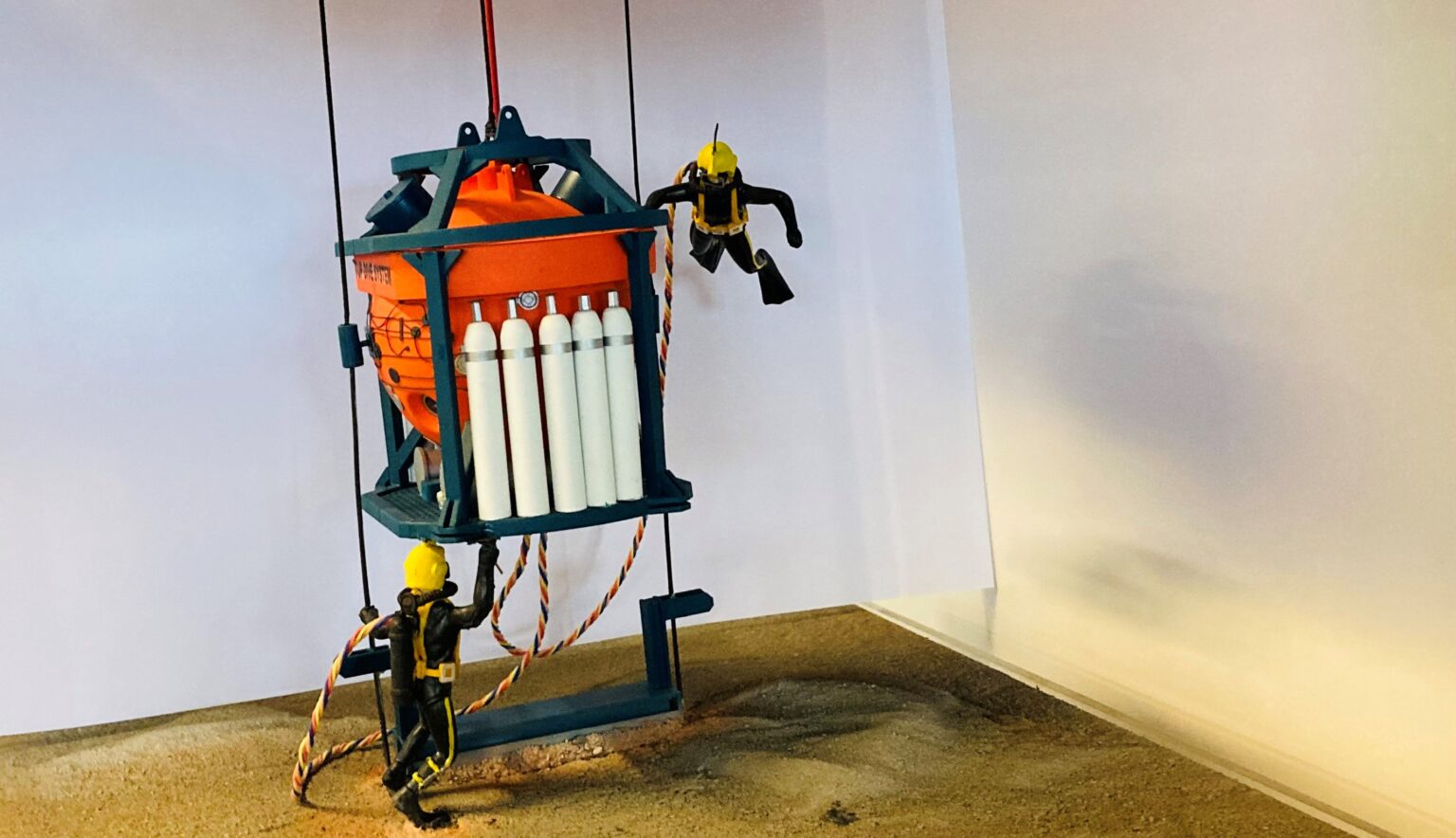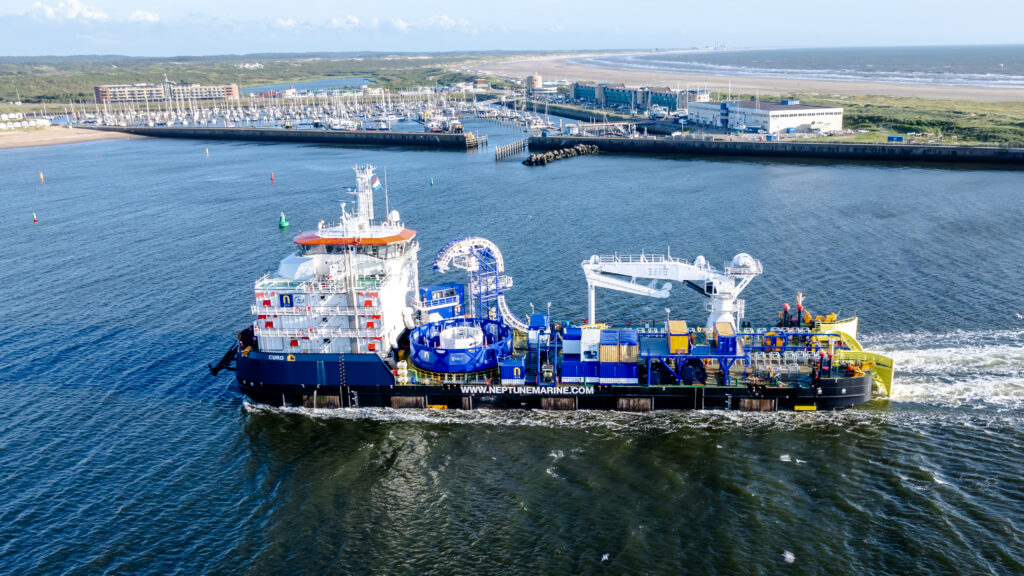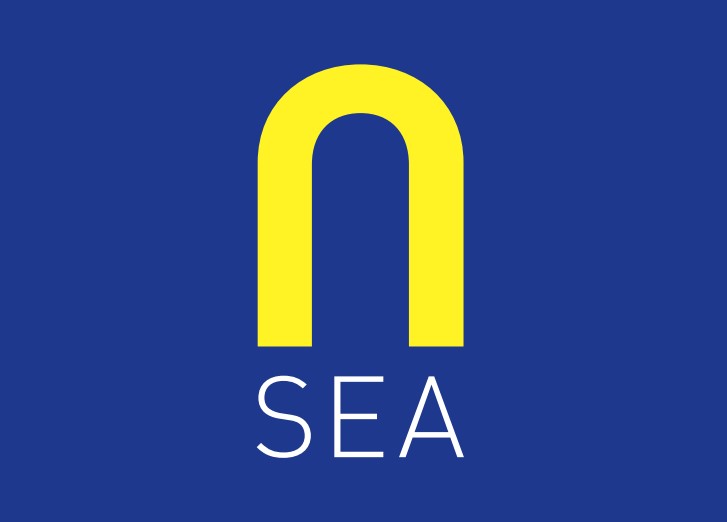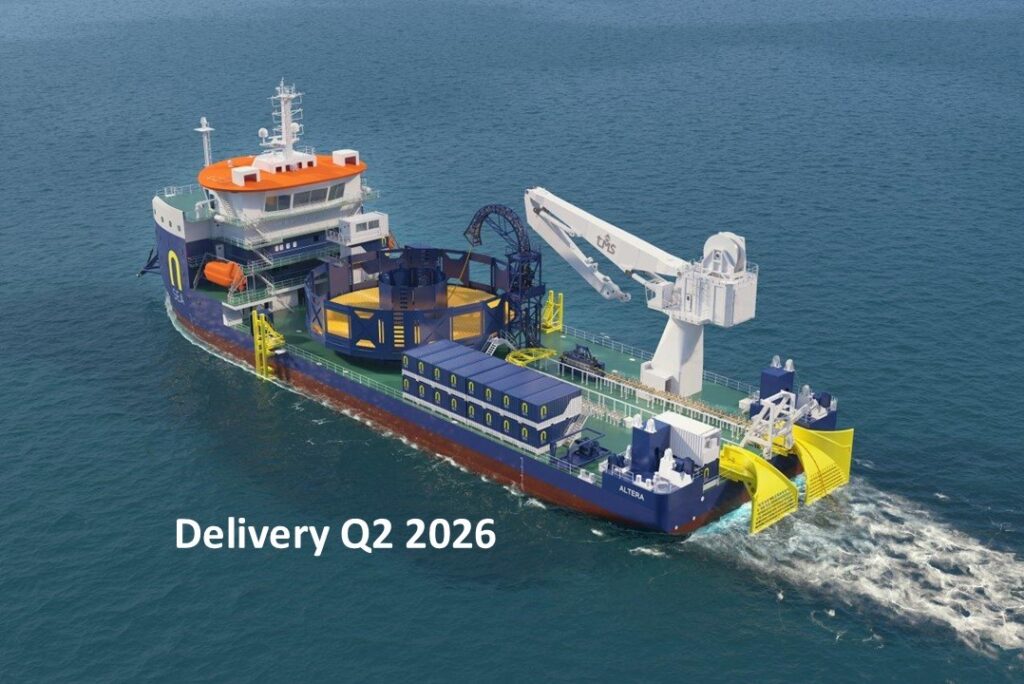TUP Diving Bulletin: Episode 1

THE PRINCIPLE OF TUP DIVING AND THE JUSTIFICATION FOR IT
The key principle of TUP diving is already hidden in the name. The technique enables the divers to Transfer Under Pressure as opposed to undergoing the more hazardous procedure of returning to the surface before recompressing in a decompression chamber. The divers are deployed in a closed bell which will only be brought to pressure at depth once the bell is:
a) in position subsea;
b) the subsea current is within safe working tolerances; and
c) the divers are ready to “lock out” of the bell.
After completing their dive, the divers will “lock back in” to the bell. With the door closed, the bell’s internal pressure will be gradually dropped during the assent to the surface until it reaches Transfer depth. The decompression chamber, ready to accommodate the divers during their decompression, will be at the same Transfer Pressure as the bell.
Once the bell is docked and sealed to the chamber, the divers can Transfer safely from the diving bell into the decompression chamber. With the alternative Surface decompression technique, the divers will have to spend some time at barometric pressure which is unacceptable for durations exceeding 3 to 5 minutes. Should the diver not enter the deck decompression chamber (DDC) safely and be recompressed in time, the likelihood of decompression sickness would be significant.
Even with short surface intervals of 3 to 5 minutes, bubbles are still formed in the tissues, thus the decompression profile in the DDC must be extended accordingly. This “treatment of bubbles” next to the elimination of excess dissolved inert gas (i.e. nitrogen) causes the necessary decompression time to be much longer than required for TUP dives where the gradual decompression without an intermittent swing to surface pressure prevents the formation of (excessive) bubbles.
This permits shorter decompression times and eventual greater inert gas load resulting from a deeper or longer dive. In conclusion, TUP diving allows shorter decompression times and longer bottom times than surface decompression dives. Although the practice of surface decompression diving, if accidental excess surface intervals are avoided, has statistically proven to be a relatively safe practice, the best way to mitigate a risk is to remove the hazard. This alone justifies the practice of TUP diving .
For any question, please contact:
N-Sea
E: info@n-sea.com
T: +31 (0)111 456 000
I: https://www.n-sea.com/



